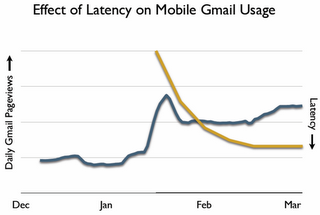One of the bigger problems I see in the performance space is that a lot of the value of current content management systems and blogging tools is the ability to add widgets or plugins from a lot of different places. These plugins often do not provide compressed and cacheable versions of their content.
In order to get more people to adopt the methods of creating faster web pages, we need to make it easier for them to do so while still a making it easy for them to adhere to performance guidelines. Basically, make it possible for them to eat cat and lose weight at the same time.
I’ve spent part of last evening looking for plugins for WordPress that will find any javascript or css files, combine them into a single file, minify and gzip them, and then set far future expires headers. I’ve got a dream plugin in mind and none of them are quite living up to my fantasy.
One solution that comes close to being my dream is a piece of software called Smart Optimizer. Smart Optimizer used to be called JSmart. It was a project that hadn’t had any updates since July 7, 2006 until two weeks ago when the project was revitalized and the name changed.
Smart Optimizer will:
- Set up rewrite rules to intercept any calls to css or js files
- Minify, gzip any css or js files
- Creates static files on the server for css and js that are gzipped and set for caching
- Concatenate css or js files into a single file
It’s an interesting tool that I don’t think a lot of people know of. Take a look.
